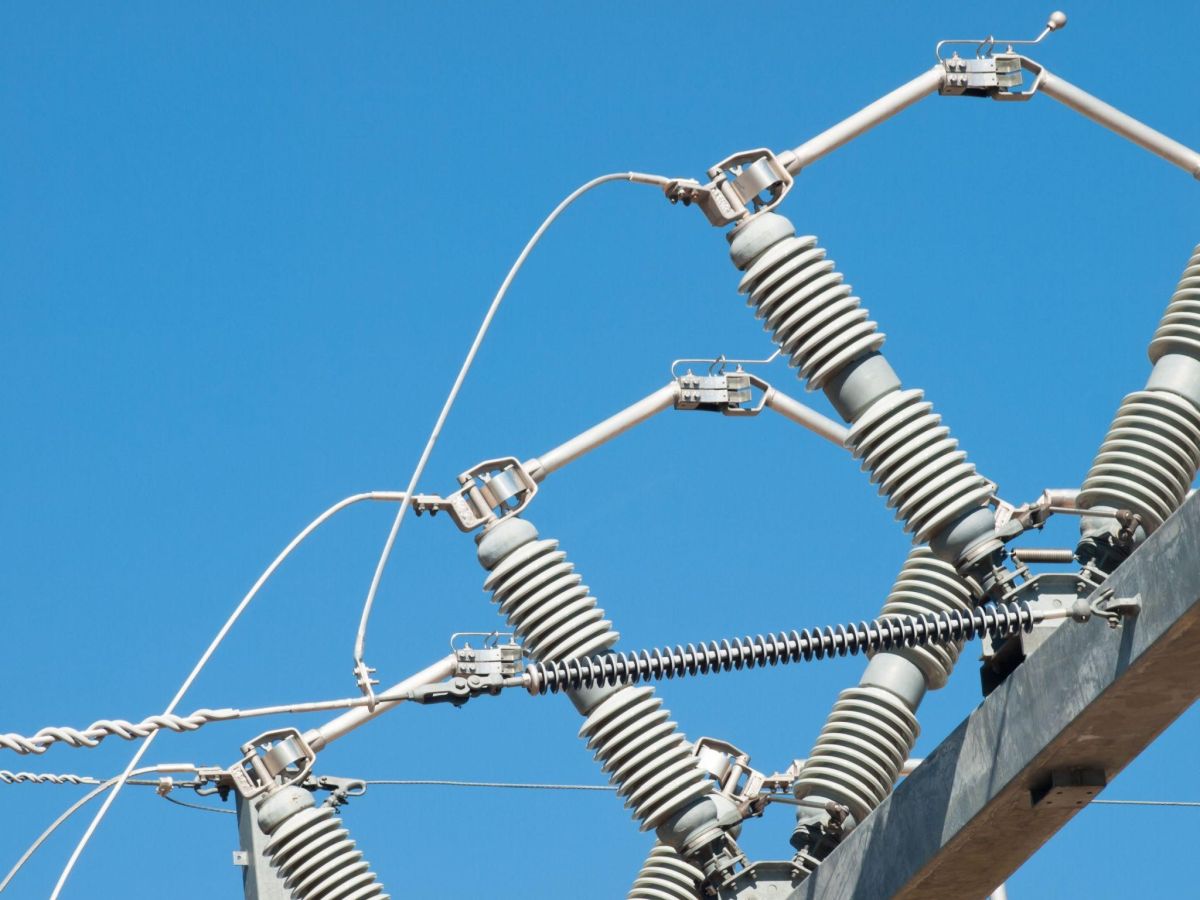WWW.EIA.GOV

Last summer, U.S. electricity demand in the Lower 48 states was greatest at 6:00 p.m. Eastern Daylight Time on July 15, 2024, when it reached about 745 gigawatthours (GWh), based on data in our Hourly Electric Grid Monitor. In our analysis, we calculate each day’s peak according to the hour with the highest electricity demand. This year’s U.S. summer hourly peak (745 GWh) was essentially the same as in 2023 (742 GWh) and in 2022 (743 GWh). On the other hand, U.S. generation from January through July was about 2,500 terawatthours (TWh), 4% more than the 2,397 TWh generated in the same period last year, according to our Electricity Power Monthly.
U.S. electricity demand tends to peak in July or August as air-conditioning use ramps up. Temperatures in July were above average for much of the United States, especially in parts of the West, Northeast, and Southeast, according to the Monthly National Climate Report for July 2024 from the National Oceanic and Atmospheric Administration’s (NOAA) National Centers for Environmental Information.
Although the peak hourly electric generation in the contiguous United States was mostly flat year on year, certain regions experienced higher year-over-year peak demand based on local weather, power grid conditions, and available electricity supply.
The U.S. electricity system is composed of three major grids: the Eastern Interconnection, Western Interconnection, and the Electric Reliability Council of Texas (ERCOT). Within each power grid are balancing authorities, which include utilities, cooperatives, and other entities, that ensure enough electricity is available to meet customer needs. If electricity supply and demand are imbalanced, local or widespread blackouts can occur.
East
Across the Eastern Interconnection, hourly electricity demand peaked on July 15 at about 549 GWh, as temperatures were well above average in several East Coast states that month, according to NOAA. Daily high temperatures stayed above triple digits for several consecutive days in some metropolitan areas. For instance, both Baltimore, Maryland, and Washington, DC, experienced high temperatures of 100°F or above from July 14 to 17.
Electricity demand in an hour on August 1 came close to July’s peak, reaching about 540 GWh, but demand was curbed by the rain and power outages due to Hurricane Debby, which moved up the East Coast from August 4 to 10.

Texas
In Texas, hourly electricity demand peaked on August 20, reaching about 86 GWh, which is virtually the same as the previous all-time daily peak of 85 GWh reached in August 2023.
Although electricity demand reached 81 GWh in an hour on July 1, demand fell by about a third to 55 GWh by July 8, when Hurricane Beryl reached the Texas coastline.

West
In the Western Interconnection, hourly electricity demand peaked on July 10 at about 141 GWh. This amount excludes British Columbia and Alberta, which are part of the regional grid.

The California power grid operator, California Independent System Operator (CAISO), reported similar results for the full Western Interconnection including British Columbia and Alberta. With the two Canadian provinces, electricity demand reached about 168 GWh on July 10, setting a new record.
Although California saw record-breaking temperatures this past summer, CAISO said electricity demand on its system, which also covers part of Nevada, peaked on July 24 at about 45 GWh, which was less than the record of 52 GWh that occurred on September 6, 2022.













